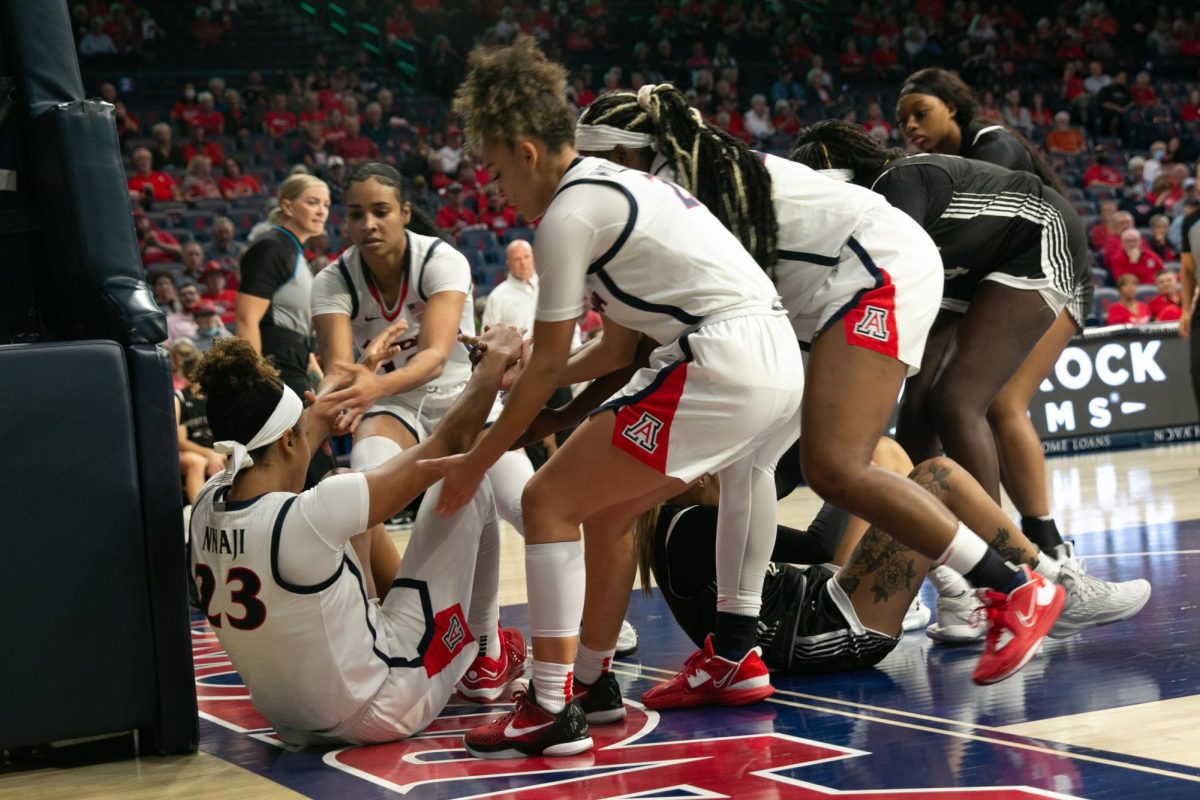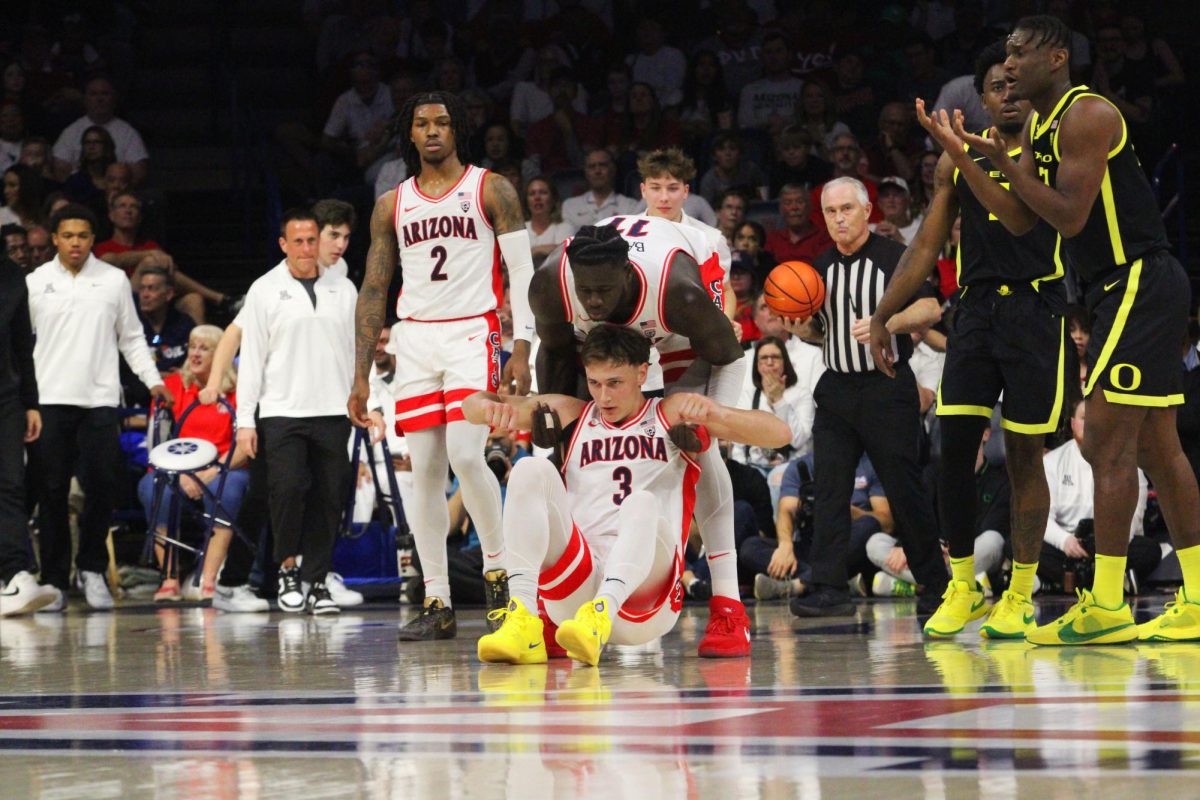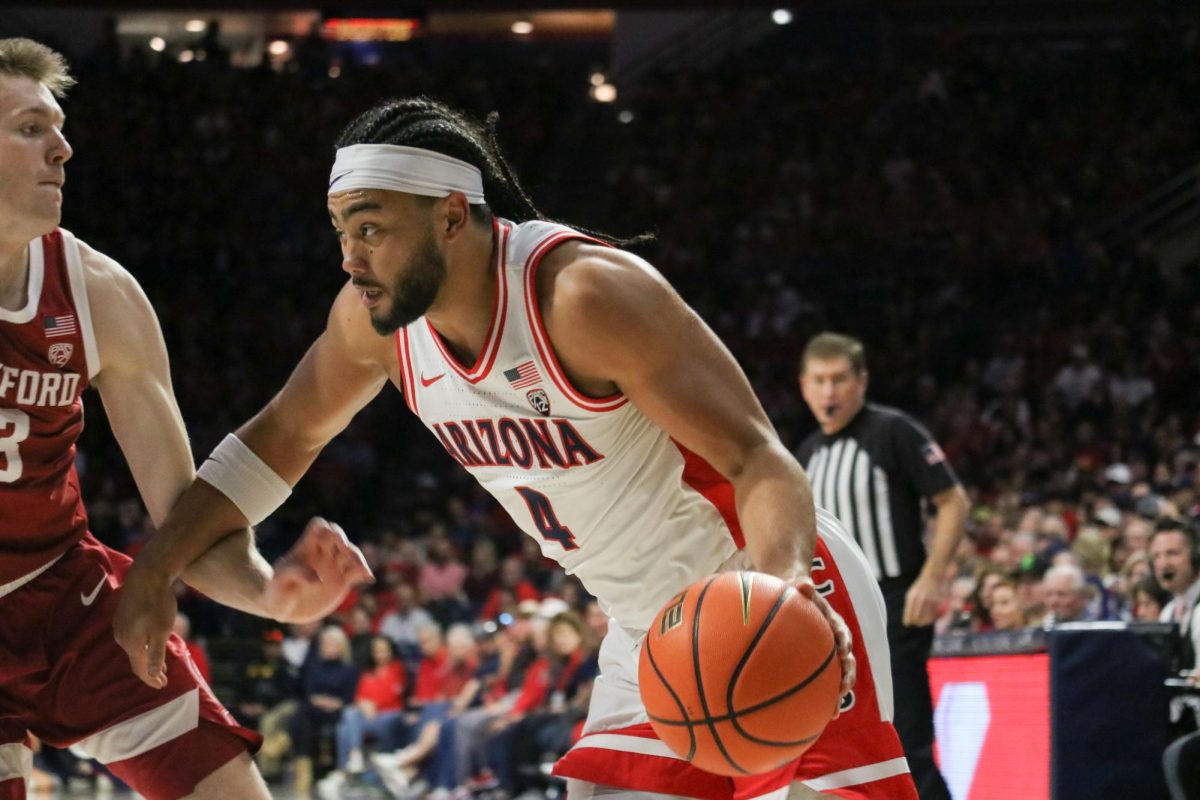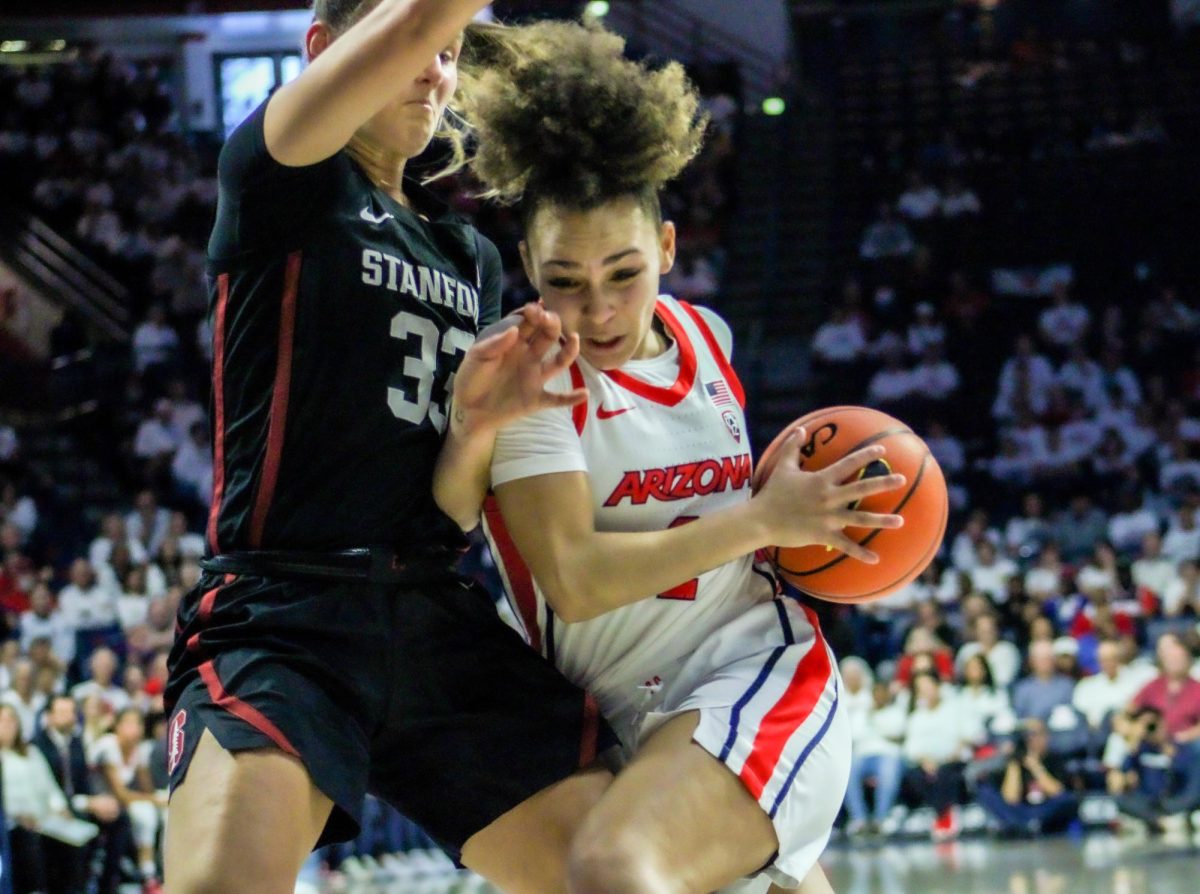The Old Pueblo ain’t what it used to be. Our suburbs are exploding overnight, like the urban equivalent of a night-blooming flower. In their wake, a host of strip malls built in a sterilized Southwestern style provide all the Panda Express you can eat and enough Starbucks to give all of China a buzz. And with each passing year, a trip to the Catalina foothills feels more and more like stepping into an actual episode of MTV’s “”The Hills.””
Newcomers may not notice it, but natives do: Tucson is becoming homogenized.
One of the more dramatic examples of this, and certainly the easiest for the UA community to notice, is the total facelift undergone by University Boulevard since the 1990s. Ten years ago, there was a great Lebanese restaurant roughly where Pitaya is now. That fancy, overpriced “”drug store”” on the corner was an actual drug store where you could buy the usual toiletries, magazines and refreshments at the usual prices, and without feeling insufficiently hip to be there in the first place. Espresso Art used to be a cramped CD store, which I only remember because it was the first place I ever saw an issue of High Times. (That’s one changeover I can’t say I regret.)
Even the corporate stores back then – Gap, Bath and Body Works, Coffee Plantation – were less high-falutin’ than much of what took their places. There was no Hollywood Tans, no Pei Wei and none of those weird boutique stores that sell ugly clothes to people from Phoenix.
I suppose the thought of not being able to have lunch at Chipotle after shopping at Urban Outfitters is probably an alarming one to many students, and, admittedly, the increased presence of national chains on University is not all bad. Pitaya has great clothes at unobjectionable prices, Tucson only needs so many UA-themed gift shops and nobody really liked that dismal Chinese restaurant that recently went out of business anyway. Besides, 10 years ago, half the buildings on University were dilapidated and unoccupied.
But as Main Gate Square, like much of Tucson, becomes crammed with corporate chains and snooty boutique stores, it loses the quirky charm it once had. A stroll down nearby Fourth Avenue, which has remained largely unchanged since the ’90s, will confirm this. You’ll find no Jamba Juice there, just a couple dozen unique local establishments, plenty of which will be happy to make you a smoothie.
Who knows how long we’ll have Fourth Avenue and the Downtown area to remind us of what differentiates Tucson from any other city in the western United States, though. Between the nondescript, fake-adobe strip malls peppering the fringes of town and the humdrum, more-of-the-same chain stores filling them up, Tucson is turning into one more watered-down, West Coast-style Blahsville. Transplants from Southern California and the Phoenix area might enjoy our town’s ever-increasing opportunities for shopping at the exact same retail stores they could find in their hometowns, but those of us who’ve been around here for decades tend to lament the loss of local character, even if it does mean that we’ve now got a neighborhood Louis Vuitton.
It’s as though newcomers to Tucson don’t want to experience what our city has to offer so much as “”copy-paste”” Southern California where Tucson is – or it is, at least, as though city planners expect newcomers to want that. But we’ve already got one Southern California, and there’s more than enough of it to go around. Tucson’s local businesses and local culture are one-of-a-kind, and we’d all do well to appreciate them and preserve them as best we can (especially the 24-hour burrito joints); nowhere else can one find quite the same multilingual, multicultural combination of nature nuts, ex-hippies, astronomers, college students and terrible drivers.
So before you complain about how Tucson sucks, just imagine how much worse it would be if everything here could be found somewhere else, if Tucson were just one in a series of identical faux-Southwestern communities. Gaudy turquoise jewelry and 10 months of summer aren’t really my thing, I’ll admit, but Tucson’s uniqueness is a lot more pleasant – and a lot more precious – than a sprawling, anonymous retail wasteland.
Alyson Hill is a senior majoring in classics, German studies and history. She can be reached at letters@wildcat.arizona.edu.









